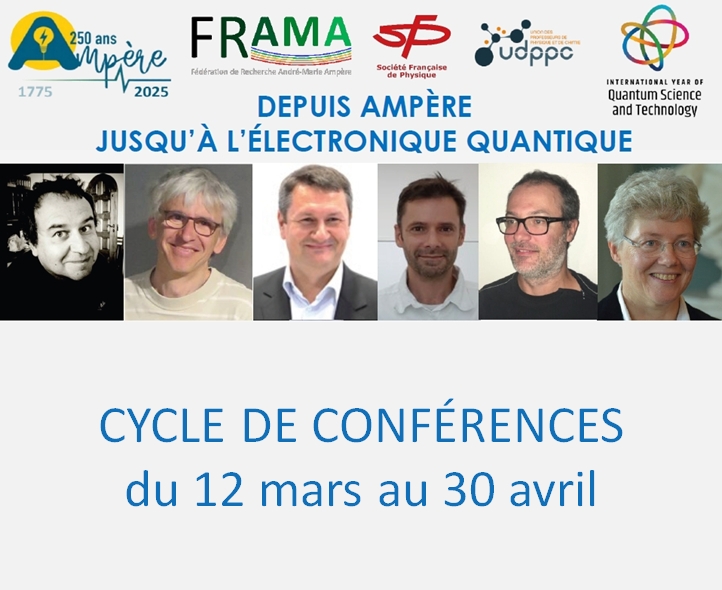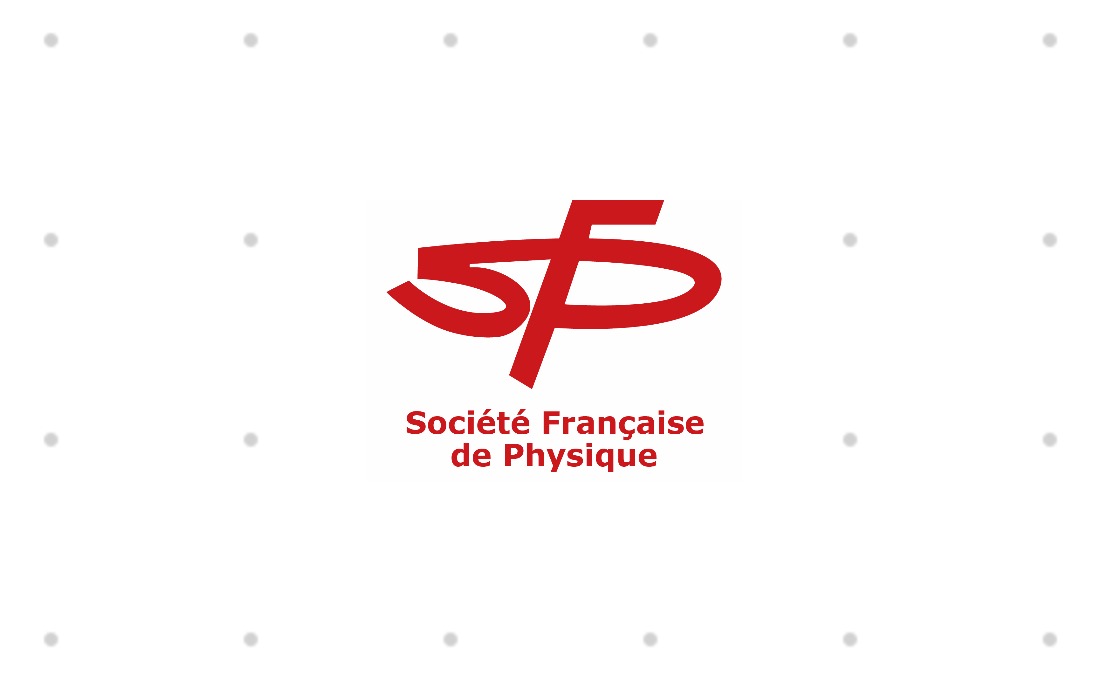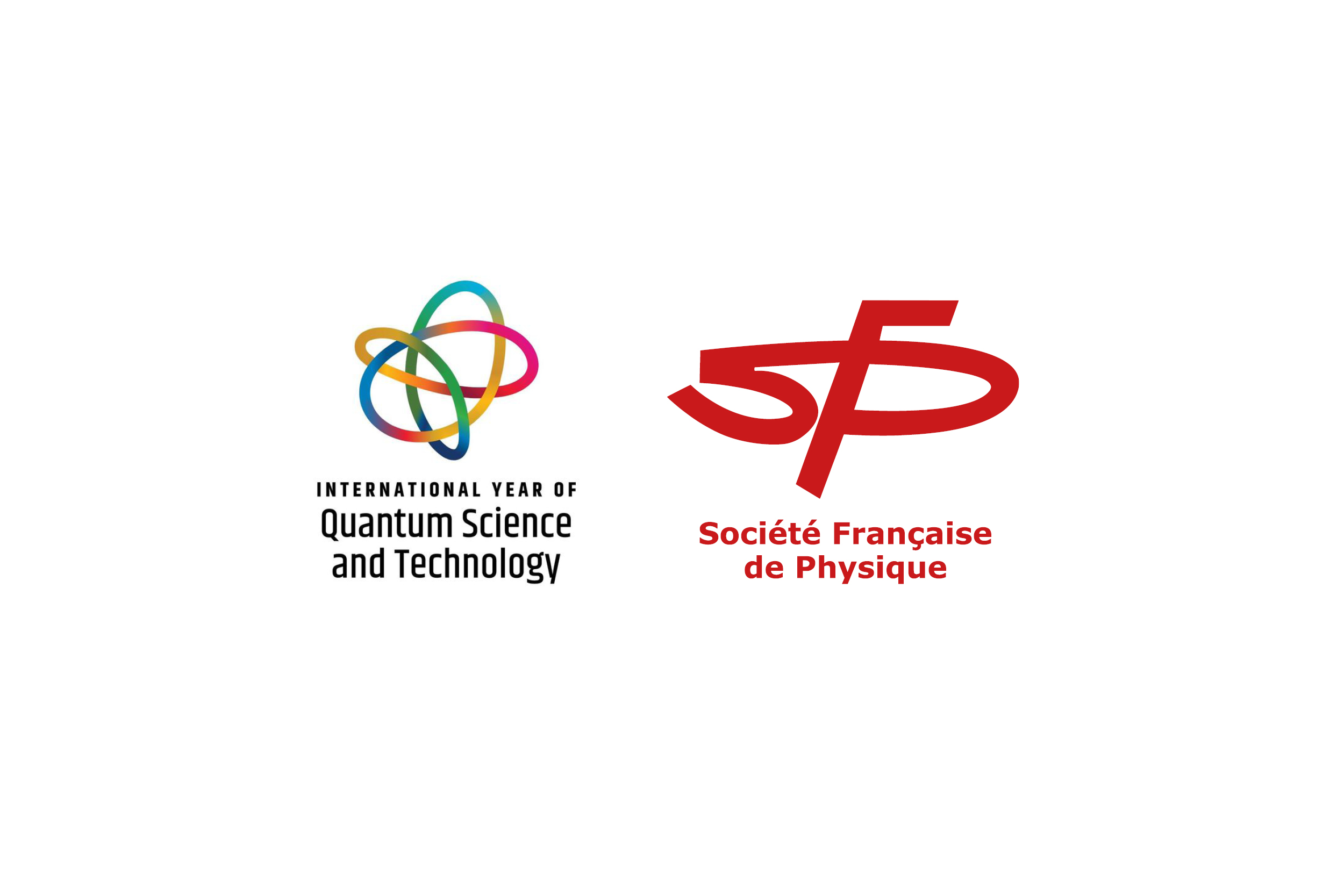EPJE : New section about tips and tricks in soft matter and biological physics
EPJE - Revue d'EDP Sciences, société d'édition de la SFP
EPJE Associate Editors Kari Dalnoki-Veress and James A. Forrest open the journal for submissions of a new type of paper: Tips and Tricks.
Underpinning the scientific enterprise there is often some crucial numerical recipe, a sample cell configuration, a sample preparation method, or experimental design. In some cases more emails were shared describing a trick than citations gathered by the paper where a brief description was provided. Typically such details are only briefly described in the journal literature, passed only from student to student, or simply shared as a ‘personal communication’. Sometimes such enabling techniques are not passed on at all. In all such cases, the scientific community as a whole is missing out, lacking a way to document this knowledge and to build on it. Moreover, while the specific research of some team may not be directly relevant to another, a transformative computational or experimental methodology can form the commonality between researchers working in different fields.
2015 will see the launch of a new section of EPJ E: Tips and Tricks. The expectations for an article appropriate for T&T are different from a typical research article. While the expectation for an EPJE publication is the development of new science, for T&T the scope is rather a new method with which one can do science. The same high standards of publication would apply but with the requirement of presenting new science replaced by a new tip ortrick. The Editors hope that T&T articles in EPJE will become a unique resource and provide a place where one can share a methodology.
General guidelines for Tips and Tricks in Soft Matter and Biological Physics:
- The focus is on a novel approach that facilitates new science.
- Papers may describe experimental, computational, or theoretical tips and tricks.
- Papers should be short, a few pages may be enough, yet present enough detail such that the reader can readily implement the ideas presented.
- All papers will be peer-reviewed as normal and the standards of scientific quality and rigour will be the same as a for regular papers (control experiments, clear descriptions, comparison to previous methods, statistical analysis, quantitative evaluation if appropriate, etc.).
T&T can be submitted regularly through the online system, but please mention in the cover letter if yours is a T&T paper. Don’t hesitate to contact to Kari Dalnoki-Veress or James A. Forrest for more guidance on how to prepare a T&T paper.
Article posté le 08/04/2015


